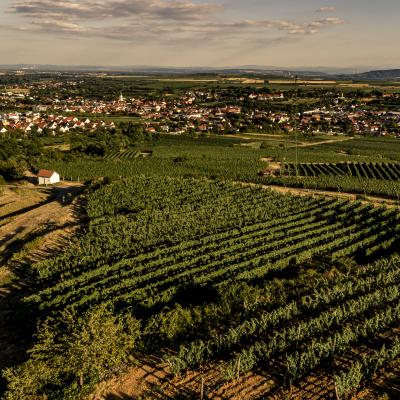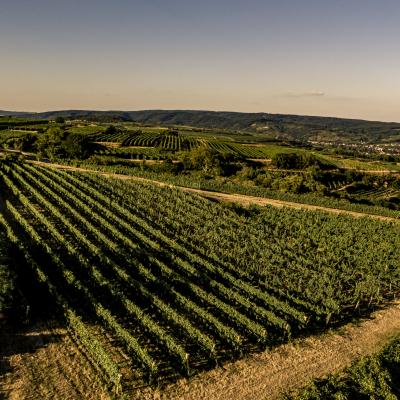

Risen from the Sea
You'll find fingerprints from several geological eras on the Käferberg. About 350 million years ago, crystalline rocks were formed – and these constitute the foundation of many of the vineyards today.
However, the waves of the primeval Parathetys Sea broke on the slopes around 16 million years ago, depositing sand, pebbles, clay and especially shell limestone in its soils. A few million years later, loess also settled over the geological mosaic; blown over from the Alpine region, it often formed impressive walls of the hollows in the Käferberg.
The Soil
Our Grüner Veltliner vines are rooted mainly in shell limestone, which is coverd by a thick layer of clay. This, together with the south-facing orientation and the altitude of the vineyards, is responsible for the distinctive texture and lively acidity that are inherent in the Veltliner from the Käferberg Erste Lage, even in warm years.
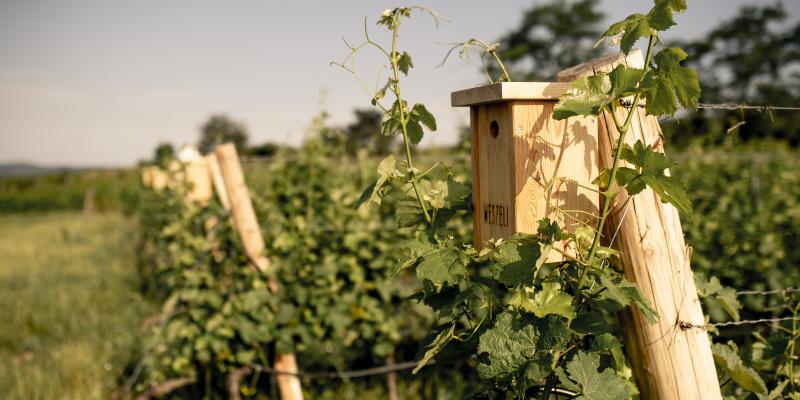
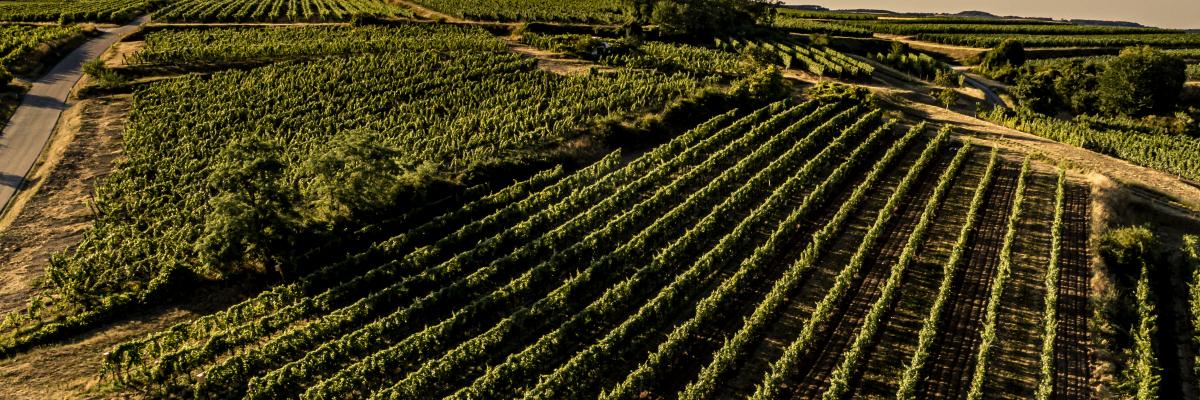

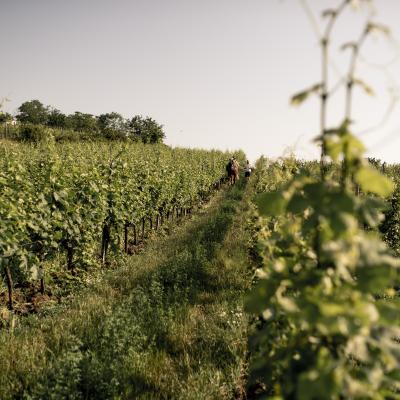
“Our Grüner Veltliner vines are rooted mainly in shell limestone, which is coverd by a thick layer of clay. „
